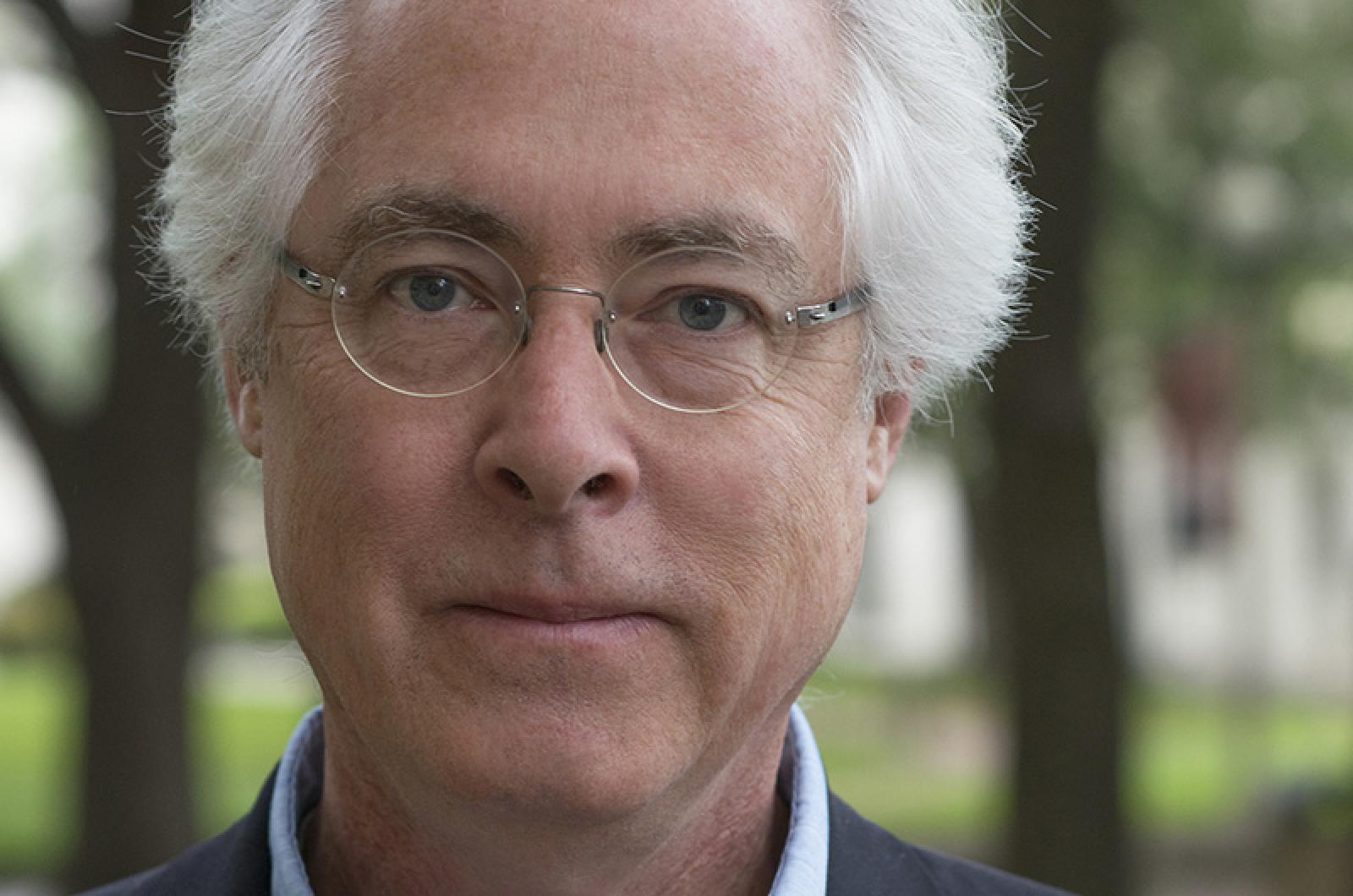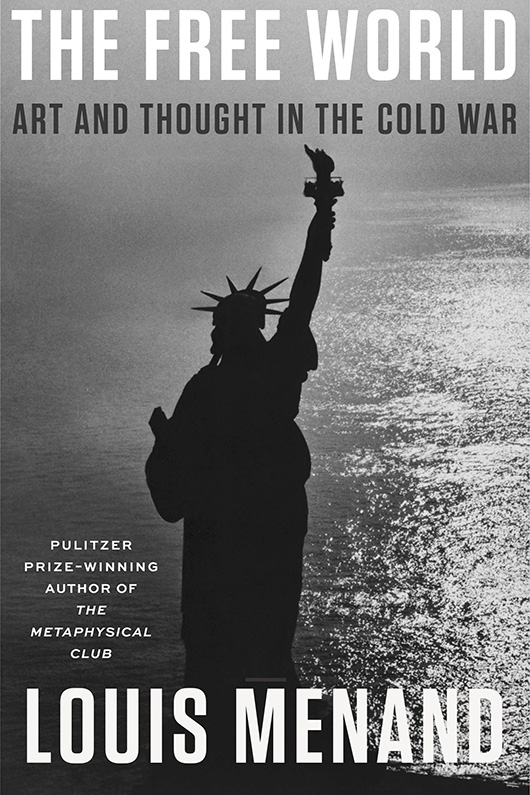In 1947, two years after the defeat of Germany, a relatively obscure, Wyoming-born artist set his canvas on the floor of his Long Island home, splattered thick beads of paint across the surface and radically changed the course of American art.
But for Louis Menand, professor, New Yorker staff writer and author of the recently released book The Free World, the picture wasn’t complete. There was the moment and the myth — but what about the man?
“What was it like for Jackson Pollock to decide to put his canvas on the floor of his house and throw paint on it with a stick? What was going on in his mind? And why did it work?” Mr. Menand told the Gazette in a recent interview. “I wanted to give a sense of the historical change in this period at street level — the level of real people interacting with other real people and what those encounters made possible.”
The Free World: Art and Thought in the Cold War is the latest in Mr. Menand’s body of historical books, scholarly studies and countless magazine articles and reviews. The book, a cultural and intellectual history of the post-1945 era, charts the rise of American art, literature and ideas from the periphery to the center of the world stage during the first 20 years of the Cold War.
In his book, Mr. Menand paints a detailed portrait of a time in America when literature, poetry, painting and ideas began to truly matter.
“Before the war, a lot of people didn’t take America seriously as a place for high culture but really, by the 1960s, they do,” said Mr. Menand, whose interest in the subject first blossomed during his childhood, listening to his parents discuss pop culture.
Beginning at the close of World War II, the book describes an America that was eager to promote itself as a bastion of freedom, particularly through its intellectuals and artists, Mr. Menand said. Art and ideas became part of the Cold War battleground.
“The Cold War — because it wasn’t a hot war — was kind of a war of ideas,” he said. “People are very concerned about what kind of art you make and what kind of art you like . . . [They] take issues that we think of as basically aesthetic issues incredibly seriously because for them, they had political implications.”
The book traces the stories of the country’s pre-eminent artists, intellectuals and thinkers, coming together like a collection of biographies, philosophical movements and historic events — from the Beats to the Beatles. All the big names — from James Baldwin and Allen Ginsberg to Hannah Arendt and Jean-Paul Sartre, even Elvis Presley and Jack Kerouac — have their moment in the narrative. But the story delves much deeper than just the credits.
“I call them all headliners, they’re all basically tote bags and T-shirts. I felt that couldn’t be the whole story,” Mr. Menand said, fondly describing each figure as a character in the story of the period. “It’s more complicated than the T-shirt version.”
Mr. Menand added that the book is more than a straightforward Cold War cultural history. In his view, the artistic innovation of the era, the stories and its people account for much more than the traditional ‘capitalists v. communists’ narrative.
“I felt that in when people write about the Cold War period they tend to give the Cold War itself a very determining influence on what people made and what people thought,” he said. “[The Cold War] is there, but it’s not everything.”
Penetrating much of the mythology around the era was a leading inspiration to write the book, he added. “I was curious to see who these people really were. When you write about these people and you spend time with them, you kind of get inside their heads.”
That wasn’t always easy. Mr. Menand, who worked on the Free World for over a decade, said the vast majority of the research took place just steps from his office in Harvard’s Widener Library, pouring over manifestos, correspondences and biographies.
“Every chapter was like climbing Mount Everest. It was like climbing Mount Everest 18 times,” he said with a laugh.
Despite what the 800-page history book might suggest, Mr. Menand’s has no formal historical training. A Harvard English professor and journalist by trade, his love of the archives has pulled him away from strictly literary subjects to the realm of history, with books like Discovering Modernism: T. S. Eliot and His Context, and American Studies and the Metaphysical Club, an intellectual history of 19th century America which won the Pulitzer Prize in 2002.
In 2016, Mr. Menand was awarded the National Humanities Medal by President Barack Obama.
But throughout his career, Mr. Menand’s approach to history, and to writing in general, has been guided by a basic literary principal: narrative.
“Writing history is creative — you can’t make anything up, that’s sort of the rule of the game — but it’s creative in the sense that you have to use your imagination to figure out what it was like for people to do what they were doing when they were doing it,” he said.
Mr. Menand, who grew up in Massachusetts and spends summers on the Cape, will return to the Vineyard for the first time in 40 years for the book festival. He hopes spending time with history will inform the future.
“People thought of the [post-1945] period as a fresh start...There was this feeling of, we can do anything now,” he reflected. “I felt after [President] Biden was elected, I felt a tiny feeling of, maybe this is another one like 1945, maybe we don’t have to do what we’ve always been doing. We can do something completely different. It’s a good time to look back and see what people made of their opportunity.”
Louis Menand takes part in two discussions Sunday at the Chilmark Community Center. At 1:15 he will speak with Elizabeth Kolbert, and at 2:15 he will be part of the festival’s closing panel discussion called Considering Our Future with Danielle Dreilinger, John Judis and Simon Winchester, moderated by Tyson Evans.








Comments
Comment policy »